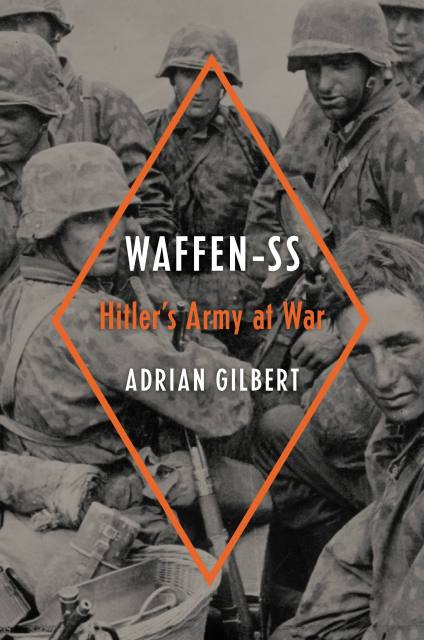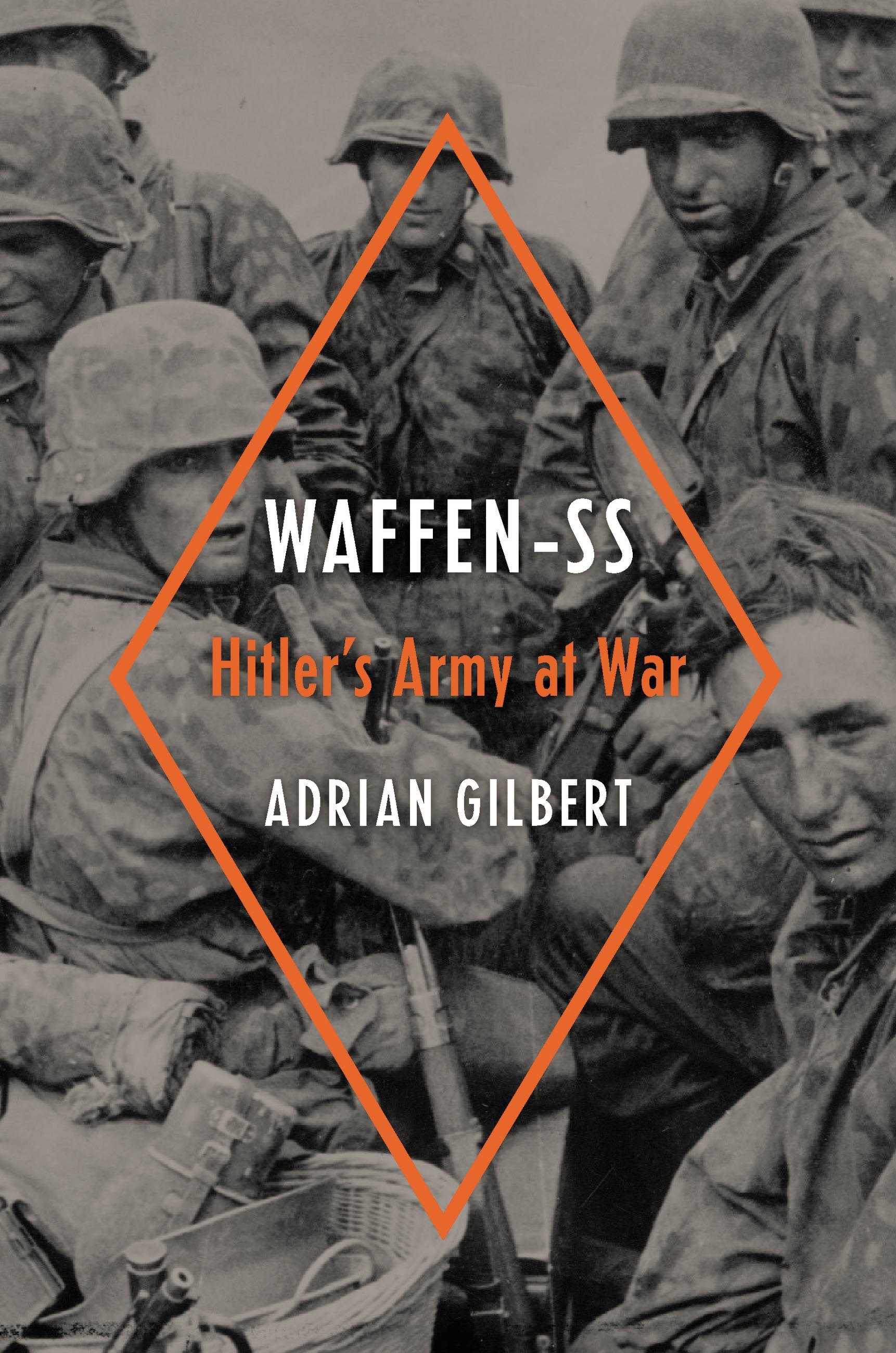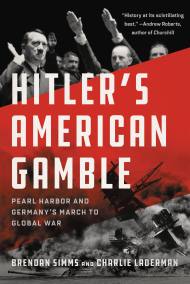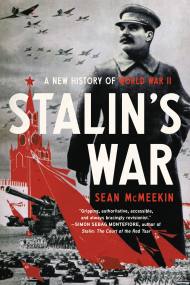Promotion
Use code MOM24 for 20% off site wide + free shipping over $45
Waffen-SS
Hitler's Army at War
Contributors
Formats and Prices
Price
$19.99Price
$25.99 CADFormat
Format:
- ebook $19.99 $25.99 CAD
- Hardcover $45.00 $57.00 CAD
This item is a preorder. Your payment method will be charged immediately, and the product is expected to ship on or around June 25, 2019. This date is subject to change due to shipping delays beyond our control.
Also available from:
From an award-winning and bestselling historian, the first comprehensive military history in over fifty years of Hitler’s famous and infamous personal army: the Waffen-SS.
The Waffen-SS was one of the most feared combat organizations of the twentieth century. Originally formed as a protection squad for Adolf Hitler it became the military wing of Heinrich Himmler’s SS and a key part of the Nazi state, with nearly 900,000 men passing through its ranks. The Waffen-SS played a crucial role in furthering the aims of the Third Reich which made its soldiers Hitler’s political operatives. During its short history, the elite military divisions of the Waffen-SS acquired a reputation for excellence, but their famous battlefield record of success was matched by their repeated and infamous atrocities against both soldiers and civilians.
Waffen-SS is the first definitive single-volume military history of the Waffen-SS in more than fifty years. In considering the actions of its leading personalities, including Himmler, Sepp Dietrich, and Otto Skorzeny, and analyzing its specialist training and ideological outlook, eminent historian Adrian Gilbert chronicles the battles and campaigns that brought the Waffen-SS both fame and infamy.
Genre:
- On Sale
- Jun 25, 2019
- Page Count
- 512 pages
- Publisher
- Da Capo Press
- ISBN-13
- 9780306824661
Newsletter Signup
By clicking ‘Sign Up,’ I acknowledge that I have read and agree to Hachette Book Group’s Privacy Policy and Terms of Use







